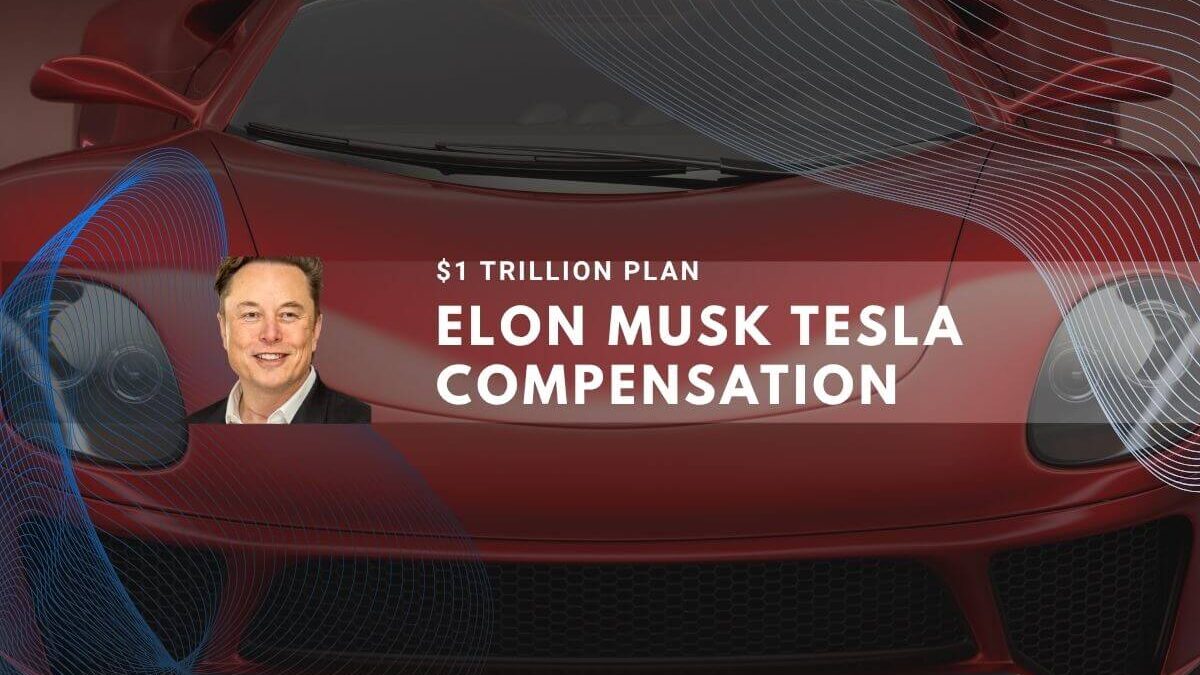Tesla Chief Executive Officer Elon Musk concluded the October 22, 2025 earnings call by pressing investors to support a Tesla stock plan worth up to $1 trillion. Elon Musk seeks investor support for the conditional stock award, emphasizing that the plan ties rewards to rigorous market-capitalization and operational goals. Musk seeks to retain influence while ensuring alignment with shareholder interests. The $1 trillion conditional award underscores Tesla Elon Musk’s strategic focus on governance, artificial intelligence, and robotics.
Why Musk Framed Voting Control as Strategic Priority
Elon Musk argued that retaining “enough voting control to give a strong influence, but not so much that I can’t be fired if I go insane” is vital for advancing Tesla’s artificial intelligence and robotics businesses. He blasted proxy advisers Institutional Shareholder Services and Glass Lewis for recommending a “no” vote, calling their stance “asinine” and claiming they have “no freaking clue” about Tesla’s long-term strategy.[1]
Breakdown of Third-Quarter Financial Results
Tesla reported:
- Revenue of $28.10 billion, beating the $26.37 billion consensus.[2]
- Adjusted earnings per share of $0.50, missing the $0.54 forecast.[2]
- Operating profit of $1.62 billion, down 40 percent year-over-year.[2]
- Operating expenses of $3.4 billion, a 50 percent increase.[2]
Key drivers of the profit decline included:
- Expiring regulatory credits, which dropped to $417 million, down 44 percent.[3]
- Tariff costs exceeding $400 million.[2]
- Elevated investments in AI research and scaling manufacturing capacity.[2]
Shares closed at $438.97 on October 22, down 0.82 percent for the day and up 9 percent year-to-date versus a 14 percent gain for the S&P 500.[4][5]
Proxy Advisers Urge Rejection and Shareholder Impact
Proxy advisers recommended against the plan for these reasons:
- ISS expressed “unmitigated concerns” over the award’s size and insufficient performance safeguards.[6]
- Glass Lewis warned of potential dilution if all vesting thresholds are met.[7]
This split recommendation underscores the broader debate over alignment of executive incentives and shareholder interests.
Board Committee Endorsement and Investor Next Steps
CFO Vaibhav Taneja praised the independent board committee that structured the plan, emphasizing that no shares will vest until investors realize “substantial returns”. He encouraged shareholders to vote in favor at the November 6 annual meeting in Austin, Texas.[8]
Milestone Structure and Governance Context
Tesla’s proxy statement outlines 12 tranches tied to market-capitalization thresholds starting at $650 billion and reaching $12 trillion, as well as operational targets such as cumulative vehicle deliveries, energy deployments, and robot production[Alert]. Historical data shows shareholders backed performance-based pay plans despite ISS or Glass Lewis opposition in 2018, yielding a 20 times gain in market value by August 2025.
Key Takeaways for Investors
- Tesla beat revenue estimates but missed on profitability.
- Musk shifted focus to governance control over compensation.
- Proxy adviser recommendations diverged, reflecting governance tensions.
- Voting on the plan occurs November 6, 2025.
Detailed tranche thresholds and historical voting outcomes are available only in Tesla’s full proxy statement, which outlines Elon Musk 1 trillion conditional stock award and the milestones tied to Musk 1 trillion in performance-based rewards. The Musk 1 plan specifies a trillion conditional stock structure designed to align investor support with Tesla’s long-term operational and market-capitalization goals.
